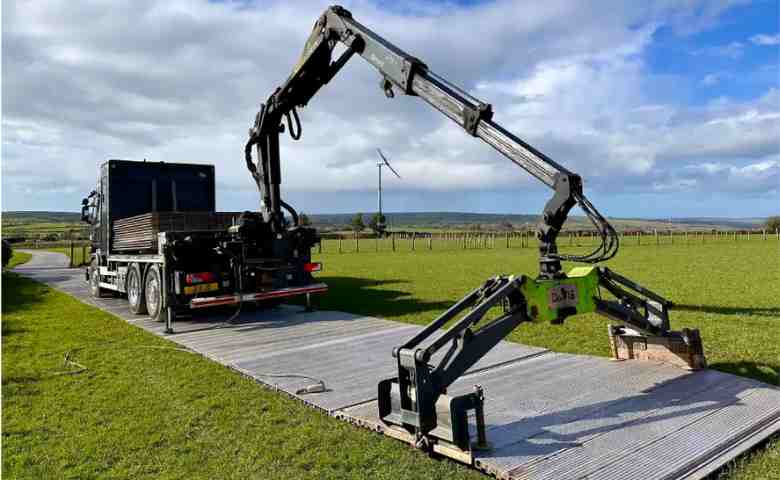Last Updated on June 9, 2025 by Admin
When you’re responsible for a site, whether it’s a construction project, an outdoor event, or even utility maintenance, the question of ground protection comes up fast. Access routes, vehicle movement, and unpredictable weather all bring their own complications, and that’s where temporary trackway matting enters the picture.
But, unless you’ve hired it before, you might not know where to begin. What kind of matting do you need? How much should you get? And what should you expect from the company providing it?
Table of Contents
Understand your site before making enquiries
The first step is simple: look at your site. What type of ground are you dealing with? Grass, loose soil, gravel? Is it flat or uneven? Is there any risk of waterlogging?
You don’t need to provide a detailed survey. But if you can give a basic outline of the conditions underfoot, a decent supplier can work with that. Some companies will even carry out a site inspection as part of their service, especially for longer-term hires.
Think of it this way…Trackway matting helps to spread weight. So, if the ground is soft and you’re expecting heavy equipment, you’ll want to flag that early on, and will likely need help from a service like Davis Trackhire.
What kind of traffic is expected?
Trackway systems aren’t all the same. The right choice depends almost entirely on what’s going over them. Will you have 40-tonne excavators rumbling through the area, or just vans and light plant machinery? Maybe you’re hosting an event, and only need pedestrian-friendly access for temporary footfall?
The heavier the load, the more robust your mats need to be. Many sites use a combination of lightweight mats for foot traffic, and interlocking panels for heavier vehicles. A reputable provider will ask questions about expected vehicle weights, turning areas, and how frequently the surface will be used.
Think through the logistics
Delivery and setup are often where complications arise. Where will the mats be delivered to? Is there enough space for unloading? Will they need to be laid by hand, or with lifting equipment?
It’s also worth being upfront about timescales. A two-day install for a weekend event will require a different approach than a six-month construction phase, with ongoing access needs. You’ll also want clarity on removal, especially if the ground will need a clean finish afterwards.
Choosing the right provider
If you’re managing a larger project or working on a tight schedule, it’s usually worth choosing a provider that offers more than just delivery. Look for companies that can help with site planning, load assessments, and installation. It might cost slightly more, but it can prevent far more costly issues later down the line.
Don’t just settle for the first quote. It’s worth comparing a few suppliers to see who’s most familiar with your sector, whether that’s utilities, civil engineering, or events.
The right solution trackway solution should protect your site, improve access, and prevent unnecessary damage, all without slowing down the job. Once you’ve worked with a good provider, you’ll realise just how much easier the whole process can be.
Related Posts:
- What Are the Top-Rated Temporary Wall Systems for Construction? Expert Recommendations
- Why Temporary Fencing Is Essential for Every Construction Project
- Three Ways to Put a Shower Over Your Bath – and Tips for a Great Showering Experience
- Top Auto Accessories that Make a Construction Project Easier
- Civil Site Engineer Technical Knowledge Practice Test


